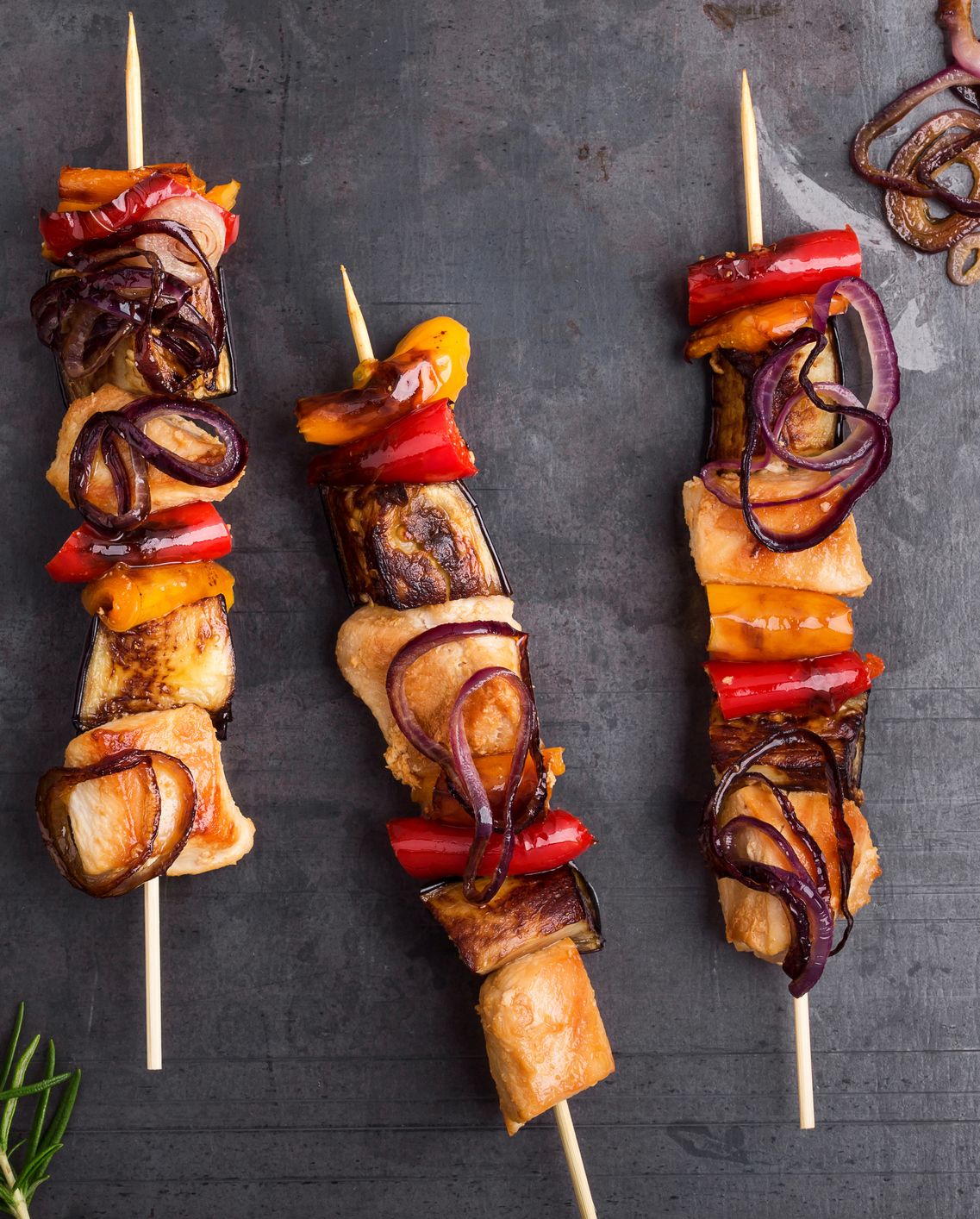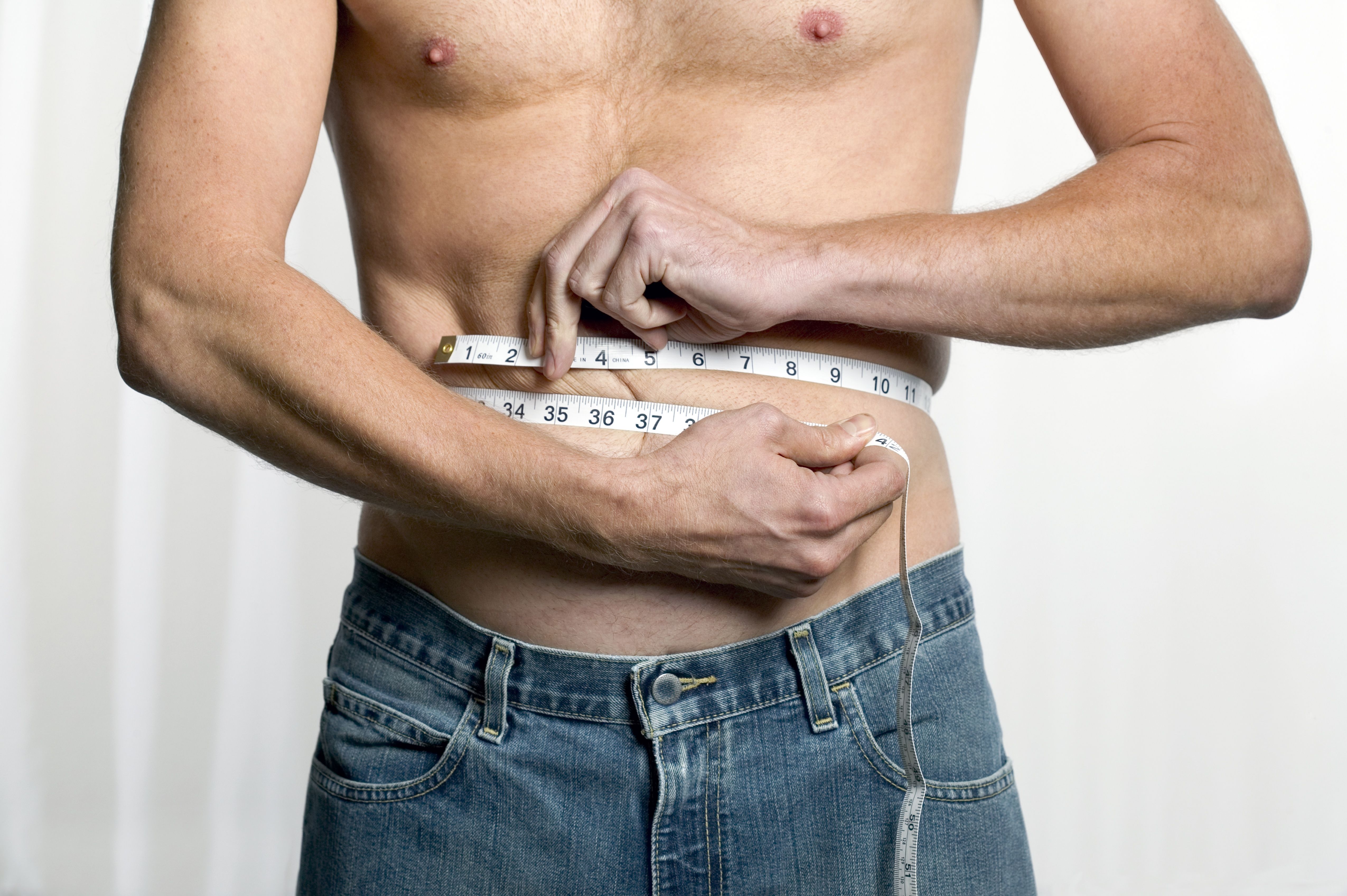Frankly, it’s hard to imagine why anyone living in the modern age would look back fondly on the paleolithic era, an era without indoor plumbing, modern medicine, civil societies, and the internet. But devotees of the paleo diet, supposedly based on what humans ate during the paleolithic era, believe that when it comes to food, the cavemen had things all figured out.
In the 2010s, the paleo diet was suddenly everywhere. It took hold of the CrossFit community in the mid 2010s, and later attracted celebrities like Blake Lively, Channing Tatum, and golfer Phil Mickelson. Other nutrition fads, like Whole30, took paleo principles and spun them into equally popular diet plans. Food blogs dedicated to paleo recipes got hugely popular, and Whole Foods even started including paleo options in their hot food bar.
But now, in 2021, people are increasingly skeptical of whether a diet of fruit, vegetables, nuts, seeds and animal protein is realistic, or necessary. (After all, the cavemen didn’t have around-the-clock access to store-bought snacks and Uber Eats.)
If you’ve ever eaten your grass-fed burger on a lettuce wrap instead of a bun, served up meatballs on a bed of zucchini noodles instead of spaghetti, or turned cauliflower into “rice,” you may be wondering whether or not it was worth it. Are there really health benefits to living a life without grains and convenience foods? Are chickpeas actually bad for you? And, is all that meat really a good idea, grass-fed or not?
We dug into the evidence on the paleo diet and asked experts for their opinion.
What can you eat on the Paleo Diet?
The Paleo Diet focuses on a high-protein, low-carb plan, which emphasizes eating meat, seafood, fruits, vegetables, nuts, and seeds—basically, whole foods that were available to your Paleolithic ancestors 10,000 years ago.
Go Paleo and you’ll have to cut out processed foods. That shouldn’t come as a surprise — cavemen didn’t have microwaves for frozen pizza, and there were no 7-Elevens to pop into for a bag of chips or a hot dog.
What might be surprising is that the Paleo Diet also eliminates grains, legumes, dairy, white potatoes (although there’s some debate about this), and refined vegetable oils.
Although, you can put sabertooth tiger back on the menu, har har.
And you can do the same for grass-fed beef, seafood, fresh fruits and vegetables, eggs, nuts, and seeds. Specific oils including, coconut, avocado, and olive, are also Paleo-friendly.
A typical Paleo dinner could include grilled chicken with steamed vegetables and fruit for dessert. Or, it might be a seared steak (cooked in avocado oil, obviously) with almond-topped sauteed green beans.
Some Paleo advocates insist that it isn’t a super low-carb diet, because you can eat starchy vegetables like sweet potatoes, winter squash, and yucca. But since there’s pretty much no way you could get the recommended 45 to 65 percent of total calories from carbohydrates just by eating roots and tubers, it’s safe to say that Paleo is low-carb by default.
What are the side effects of Paleo?
Lethargy
People commonly complain about feeling lethargic and experiencing headaches and sore muscles after embarking on low-carb diets. Commonly called “carb flu,” or keto flu for those on ketogenic diets, the reason for these symptoms remain a mystery.
“Metabolically I’m not quite sure what causes it,” Teresa Fung, a professor at Simmons College and a clinical nutritionist, explained to Popular Science. “But usually when people have a big change in their diet their body needs some time to adjust.”
Generally, you may feel better within a few weeks after starting the diet.
Vitamin and nutrient deficiencies
The Paleo Diet, devoid of dairy, also may cause calcium and vitamin D deficiencies, as Roger Adams, Ph.D. and founder of Eat Right Fitness, previously explained to Men’s Health.
Long-term deficiencies in these two key nutrients could weaken your bones. That said, you can still derive calcium from dark leafy greens and vitamin D from eggs and seafood, both of which you can eat on the Paleo Diet.
Oh, and just so you know, low-carb diets can also lead to constipation, due to the decrease in fiber found in whole grains. Fun!
The pressure of dieting
Then, there’s mental toll that following such a limited diet can take. “There are negatives to restrictive diets like paleo besides possible increased risk for cardiovascular disease and constipation,” Barnes says. Simply put: restrictive diets like Paleo can take the pleasure out of eating. “All that time spent worrying about making your next meal match your diet is draining,” Barnes adds. “The truth is that eating for health doesn’t have to be complicated.”
Is Paleo good for weight loss?
Eating like early man doesn’t necessarily mean you’ll drop weight. In fact, it’s entirely possible you could gain weight on the Paleo Diet.
Yes, some studies indicate that participants on a Paleo diet may have lost weight, but it’s not because of anything special within the diet. It’s simply because they ate fewer calories overall. Studies have shown that Paleo is ineffective in long-term weight loss. In fact, a study published in JAMA from February 2018 concluded that low-carb diets were not any better than low-fat diets in keeping the weight off.
Is Paleo healthy?
Generally speaking, dietitians and doctors don’t recommend eliminating entire food groups (grains, dairy, legumes) within your diet. In fact, Kristen Kizer, M.S., R.D., of Houston Methodist Hospital in Texas, advises people to question why specific diets restrict certain foods. Is there science backing up food intolerances, or are the rules arbitrary?
Kizer does believe Paleo can be beneficial in certain ways.
“My favorite thing about Paleo is its emphasis on real food,” she says. “Most people who are doing Paleo are grocery shopping and cooking.” But you don’t need to go Paleo in order to take more control of what you eat.
That said, she wouldn’t exactly recommend the diet. “I still think Paleo can be too restrictive,” she says. Years worth of research has shown that whole grains can lower your risk of heart disease, yet they’re not allowed on Paleo. Legumes are a great plant-based source of protein and fiber, yet they’re also a “banned” food.
So, what is the best way to lose weight?
Numerous studies have shown that short-term diets don’t have lasting results. In fact, in 2007, researchers from UCLA found that five-years post diet, one-third to two-thirds of people gained more weight than they lost when they were on the diet.
Another review study, published in 2020 in The BMJ, looked at data from 121 previously conducted clinical trials examining all different types of diets (low-fat, low-carb, low-calorie, etc.). The authors found that while almost all the diets led to weight loss and improvements in cardiovascular health markers (like blood pressure and cholesterol) in the first six months, most people had regained nearly all lost weight by the one-year mark, and improvements in health markers disappeared.
“This is the problem I have with all of these fad diets,” explained Andy Yurechko, M.S., R.D., of Augusta University Medical Center in Georgia. “They’re not really sustainable.”
He suggests decreasing processed foods, incorporating healthier carbohydrates, like fruits, vegetables, and whole grains, and eating less added sugar.
“A healthier type of diet is something you can do every day of your life,” he says.
Source: menshealth.com

























Add comment